Treating Infections in Cats with Amoxycillin & Potassium Clavulanate 250 mg: A Comprehensive Owner’s Guide
Known for its potent action and broad-spectrum activity, this medication is a reliable option for treating various infections affecting the skin, respiratory system, urinary tract, and more. As antibiotic resistance becomes a growing concern, choosing the right antimicrobial with precise dosage and adherence to safety protocols becomes even more critical.
This detailed guide covers the composition, indications, proper administration, dosage table, safety considerations, and frequently asked questions surrounding the use of Amoxycillin & Potassium Clavulanate 250 mg in cats.
What is Amoxycillin & Potassium Clavulanate 250 mg?
Amoxycillin & Potassium Clavulanate 250 mg contains Amoxicillin Trihydrate, a broad-spectrum semi-synthetic penicillin-class antibiotic. It is formulated specifically for veterinary use and is effective against Gram-positive and some Gram-negative bacteria.
Key Features:
- Form: Oral tablet
- Active Ingredient: Amoxicillin Trihydrate 250 mg
- Category: Beta-lactam antibiotic (aminopenicillin)
- Route: Oral administration
- Spectrum: Broad-spectrum activity
Indications: When is Amoxycillin & Potassium Clavulanate 250 mg Prescribed for Cats?
Amoxycillin & Potassium Clavulanate 250 mg is used in the treatment of a variety of bacterial infections in cats. Its effectiveness in different tissues and safety in felines makes it a go-to choice for many veterinarians.
Common Indications Include:
| Condition | Description |
| Skin infections (pyoderma) | Caused by Staphylococcus spp. or Streptococcus spp. |
| Respiratory tract infections | Such as bronchitis, sinusitis, and bacterial pneumonia |
| Urinary tract infections (UTIs) | E.g., cystitis or bacterial pyelonephritis |
| Dental infections | Gingivitis, periodontal disease, tooth abscess |
| Ear infections (otitis media/externa) | Caused by susceptible bacterial agents |
| Post-surgical infections | Prophylactic use to prevent bacterial contamination |
| Gastrointestinal infections | Due to E. coli or Salmonella infections |
| Septicemia | As part of multi-drug therapy in severe bacterial blood infections |
How Does Amoxycillin & Potassium Clavulanate 250 mg Work?
Amoxycillin & Potassium Clavulanate 250 mg works through amoxicillin, which inhibits bacterial cell wall synthesis by attaching to penicillin-binding proteins. This leads to bacterial lysis and death. Amoxicillin has rapid absorption when administered orally, with effective distribution to most tissues and fluids in the body.
Dosage Guidelines Amoxycillin & Potassium Clavulanate 250 mg for Cats
Administering the correct dosage of MoxelPet 250 mg (Amoxicillin Trihydrate) is essential to ensure efficacy while avoiding underdosing, toxicity, or the development of antibiotic resistance. Below is an in-depth explanation of the dosing principles, weight-based calculations, tablet administration tips, and special cases for MoxelPet 250 mg in cats.
Standard Dosage Range
The general recommended dosage for amoxicillin in cats is:
- 5–10 mg/kg body weight
- Every 12 hours (twice daily)
- Treatment Duration: 5–7 days minimum (can be extended based on condition)
Follow your veterinarian’s precise instructions, since dosage and treatment length depend on the infection’s type and severity.
MoxelPet 250 mg Dosage for Cats
| Cat Weight | Recommended Dosage | Frequency | Duration | Notes |
| 1 – 2 kg | 62.5 mg (¼ tablet) | Every 12 hours (twice daily) | 5 – 7 days (or as directed) | Adjust if symptoms persist; consult veterinarian. |
| 2.1 – 4 kg | 125 mg (½ tablet) | Every 12 hours (twice daily) | 5 – 7 days (or as advised) | Ensure full course is completed. |
| 4.1 – 6 kg | 187.5 mg (¾ tablet) | Every 12 hours (twice daily) | Typically 5 – 10 days | Monitor for side effects. |
| 6.1 – 8 kg | 250 mg (1 full tablet) | Every 12 hours (twice daily) | Varies per infection severity | Only under veterinary supervision. |
Important Note:
- If precise tablet splitting is difficult or inconsistent, consider requesting a compounded liquid version from your veterinarian or pharmacy.
- Tablets are not scored, so accurate breaking into very small doses is not always feasible with standard pills.
Administration Tips
How to Give the Tablet to Cats:
- Follow with a small amount of water via syringe if needed.
- With Food: Crush and mix with a small portion of wet food or a treat (check with the vet if crushing is appropriate for your cat’s case).
- Pill Pockets: Use specially designed treats that can conceal tablets.
- Butter-Coated Tablets: Coating in butter or tuna paste may improve ease of swallowing.
Always monitor the cat for at least 10–15 minutes after dosing to ensure it hasn’t spit out or vomited the medication.
Timing and Frequency
- Every 12 hours (q12h) to maintain steady therapeutic levels in the bloodstream.
- Never skip or double doses.
Treatment Duration Guidelines
| Type of Infection | Typical Duration |
| Mild upper respiratory infection | 5–7 days |
| Urinary tract infections | 7–10 days |
| Skin/wound infections | 7–14 days |
| Dental abscess or gingivitis | 3–7 days |
| Deep tissue/systemic infections | 10–14 days or more |
If there’s no improvement after 72 hours, a follow-up examination and potentially a culture and sensitivity test may be necessary.
Dosing Adjustments for Special Cases
| Condition | Adjustment or Note |
| Renal insufficiency | Lower dose or increased dosing interval |
| Hepatic disease | Use with caution; monitor liver enzymes |
| Kittens (<8 weeks) | Use under vet guidance; immature liver/kidney function |
| In pregnant or nursing cats | administer only when clearly necessary and justified by expected benefits |
| Senior cats (>10 years old) | Monitor kidney and liver function; adjust dose if necessary |
Overdose Risks
While amoxicillin has a wide safety margin, overdose can lead to:
- Severe vomiting or diarrhea
- Ataxia (wobbly gait)
- Seizures (very high doses)
- Kidney or liver stress
In case of suspected overdose: Contact a veterinarian or pet poison helpline immediately.
Missed Dose Guidelines
- If only a few hours have passed: Give the missed dose right away.
- Do not double up.
- Resume regular schedule as soon as possible.
Important Safety Information – MoxelPet 250 mg for Cats
Amoxycillin & Potassium Clavulanate 250 mg is a veterinary antibiotic containing amoxicillin trihydrate. While it is widely prescribed and generally well tolerated in cats, responsible use is essential to ensure both safety and effectiveness. Below is the comprehensive safety information every cat owner should be aware of before administering this medication.
Use Only Under Veterinary Guidance
Amoxycillin & Potassium Clavulanate 250 mg should never be used without a veterinarian’s prescription. The medication is specifically formulated for bacterial infections, and its use in viral, fungal, or parasitic infections is inappropriate and potentially harmful. Always confirm that the infection has a bacterial origin through proper diagnosis.
Allergy and Hypersensitivity Risks
Some cats may be allergic to amoxicillin or other penicillin-class antibiotics. Allergic reactions, though rare, can occasionally result in dangerous or life-threatening conditions. Signs may include facial swelling, hives, excessive drooling, difficulty breathing, or collapse. Cease treatment immediately and seek urgent veterinary assistance if these symptoms occur.
Not for Use in Certain Animals
MoxelPet should not be given to rabbits, guinea pigs, hamsters, or other small herbivores, as it can cause fatal gastrointestinal disturbances. Additionally, it should not be used in cats with known allergies to beta-lactam antibiotics or those with a history of serious adverse reactions to similar medications.
Caution in Special Populations
Use caution in pregnant or lactating cats. While amoxicillin can be used during pregnancy, it should be prescribed only if the benefits clearly outweigh the risks, as the drug can cross the placenta and pass into the milk. Likewise, in kittens under 8 weeks of age, organ systems may not be fully developed, requiring adjusted dosing or careful monitoring.
Senior cats and those with pre-existing liver or kidney disease may need modified doses or additional monitoring. Impaired metabolism or drug elimination in such cases could increase the risk of toxicity or side effects.
Potential Side Effects
Most cats tolerate MoxelPet well. Although generally well-tolerated, this antibiotic can occasionally cause side effects, most often mild symptoms like nausea, diarrhea, or decreased appetite, which tend to be short-lived. Giving the medication with a small amount of food may reduce stomach upset.
Serious side effects are uncommon but can still occur in isolated cases. These include seizures, severe or bloody diarrhea, signs of liver stress, or behavioral changes such as disorientation. Immediate veterinary consultation is advised if such symptoms appear.
Drug Interactions
MoxelPet has the potential to interact with other drugs your cat may be using. Inform your veterinarian if your cat is on any additional drugs or supplements. Interactions may occur with medications such as allopurinol (increased risk of skin reactions), methotrexate (increased toxicity), and tetracyclines or chloramphenicol (which may reduce the effectiveness of amoxicillin). Always consult a vet before combining treatments.
Research and Future Directions
Future studies are focusing on:
- Resistance patterns in feline pathogens
- Synergistic use with clavulanic acid
- Long-acting injectable versions
- Impact of dosing schedules on microbiome health
Conclusion
Amoxycillin & Potassium Clavulanate 250 mg offers powerful antibacterial action, making it a go-to treatment for feline bacterial infections. Its effectiveness, when used correctly, can help rapidly improve your pet’s health. However, responsible use, correct dosing, and veterinary guidance are essential to maximize benefits and minimize risks. If your cat is prescribed MoxelPet, ensure you understand the indications, dosage, administration, and potential side effects. Amoxycillin & Potassium Clavulanate 250 mg stands as a dependable and widely-used antibiotic for the treatment of a range of bacterial infections in cats. Its active ingredient, amoxicillin trihydrate, offers broad-spectrum coverage, making it effective in managing infections of the skin, respiratory tract, urinary system, and more. When used under veterinary supervision, MoxelPet helps restore health, comfort, and vitality in infected felines.







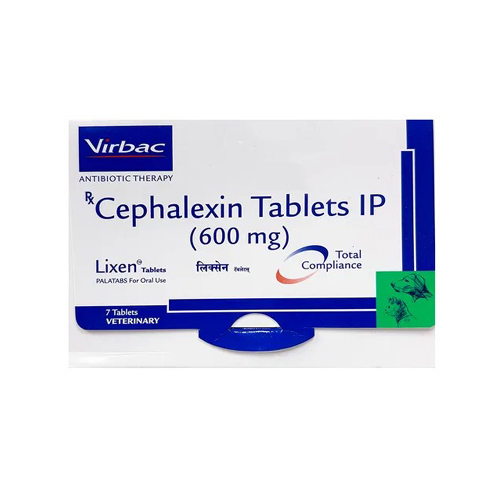
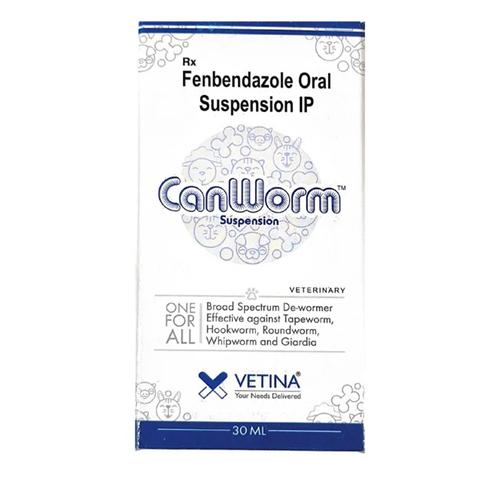


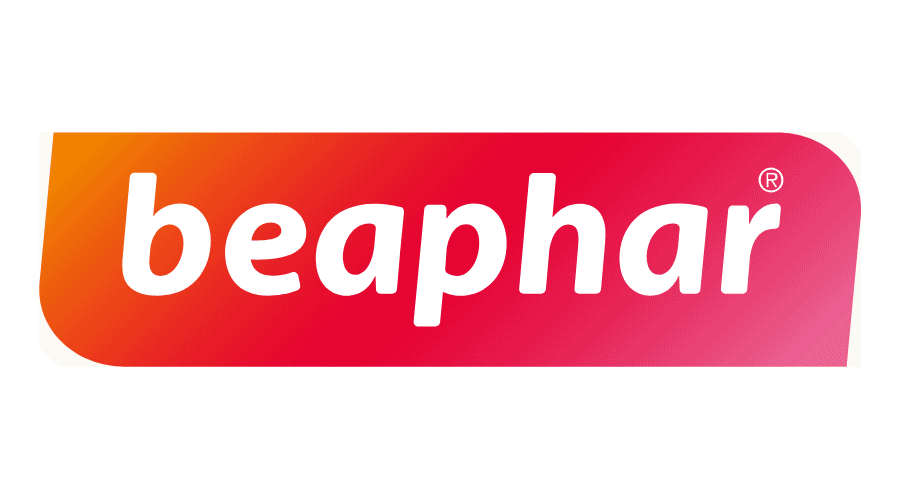

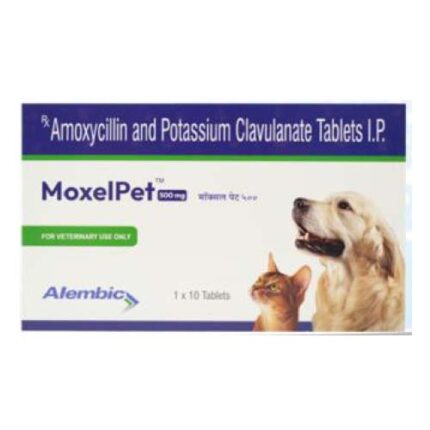
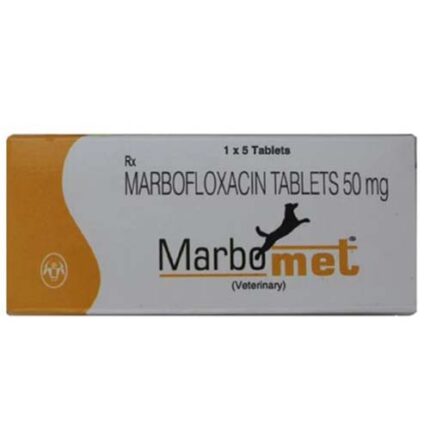
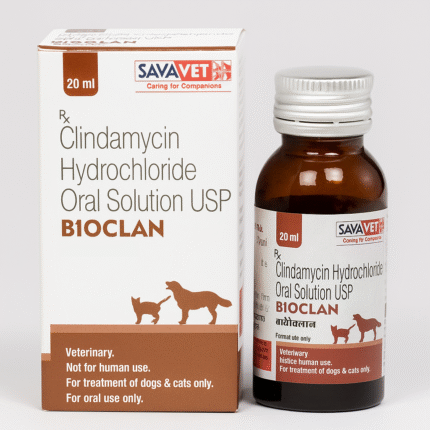
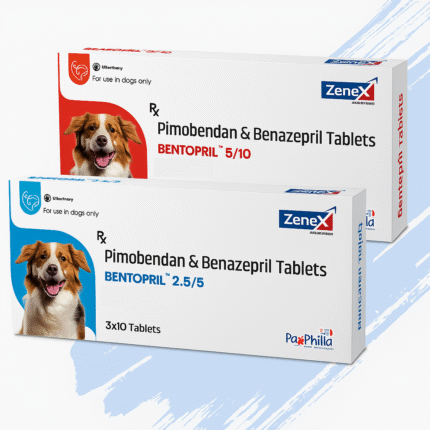
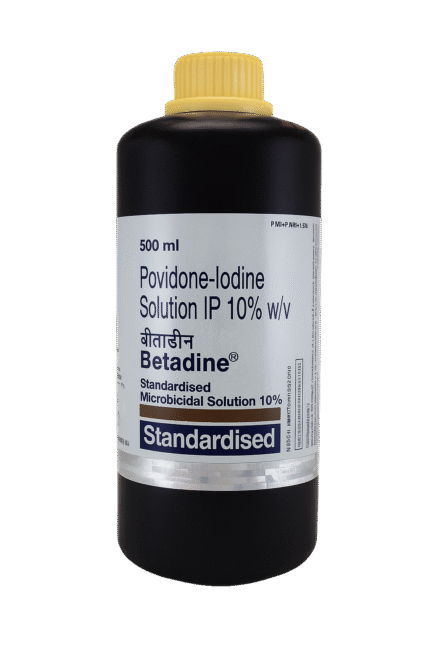
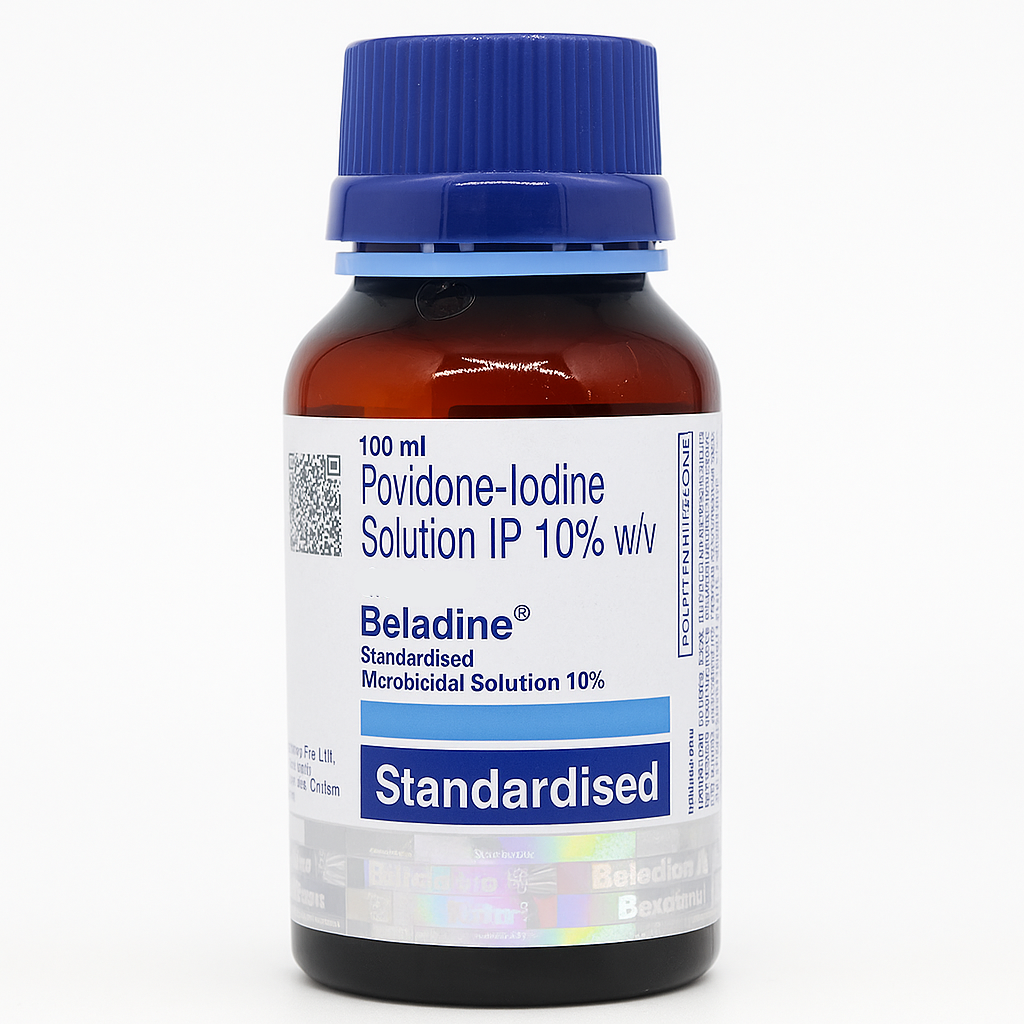



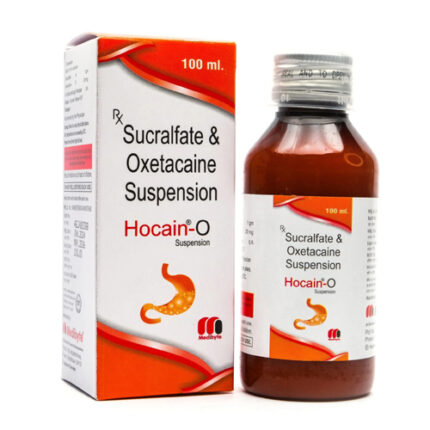
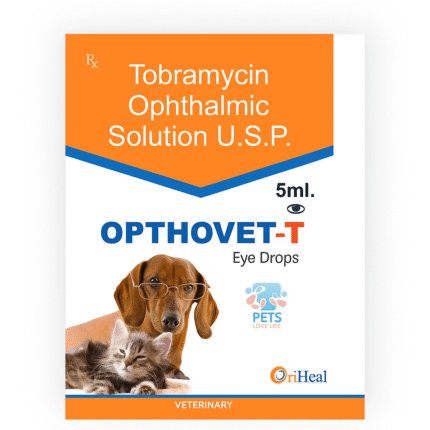
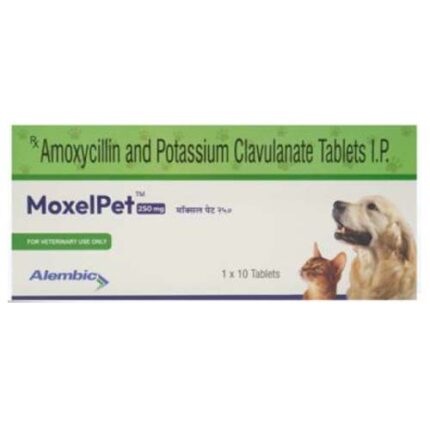
Reviews
There are no reviews yet.